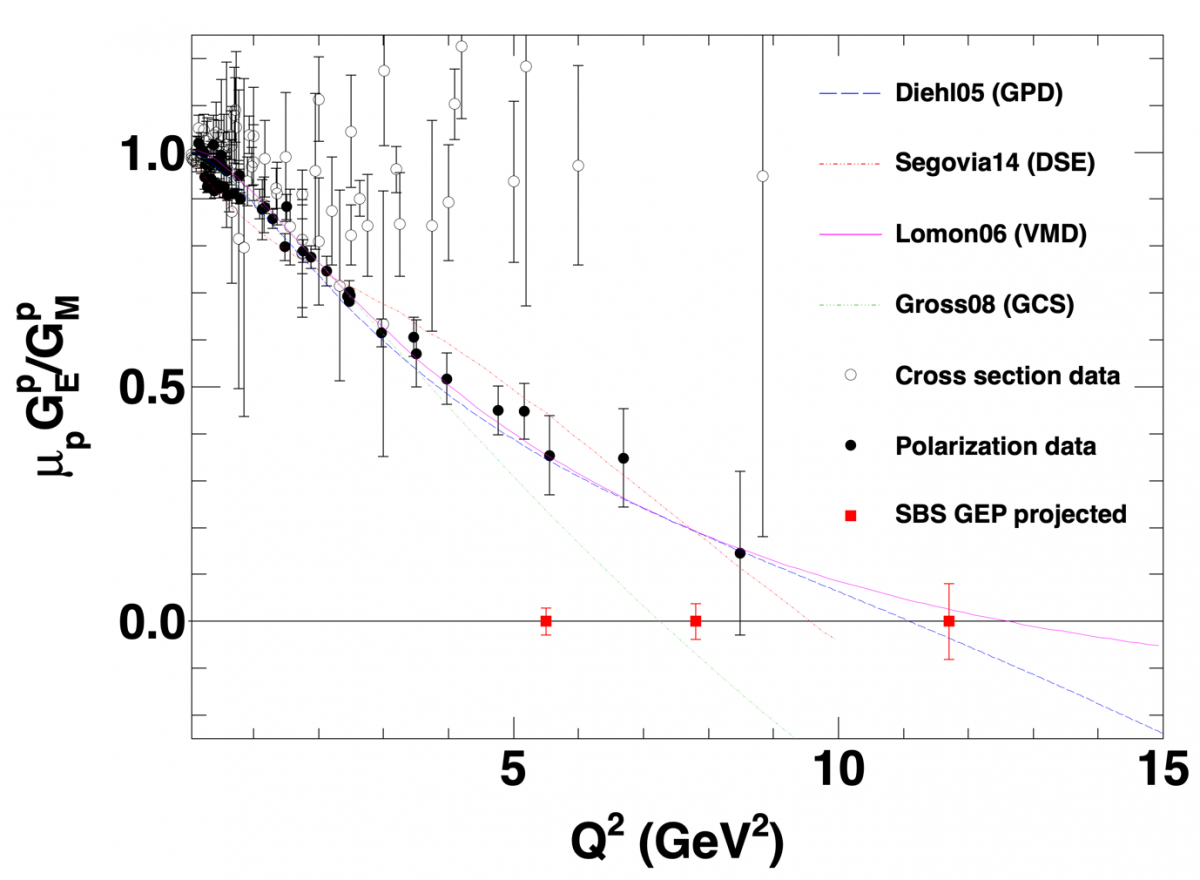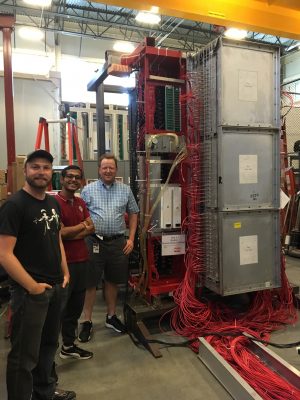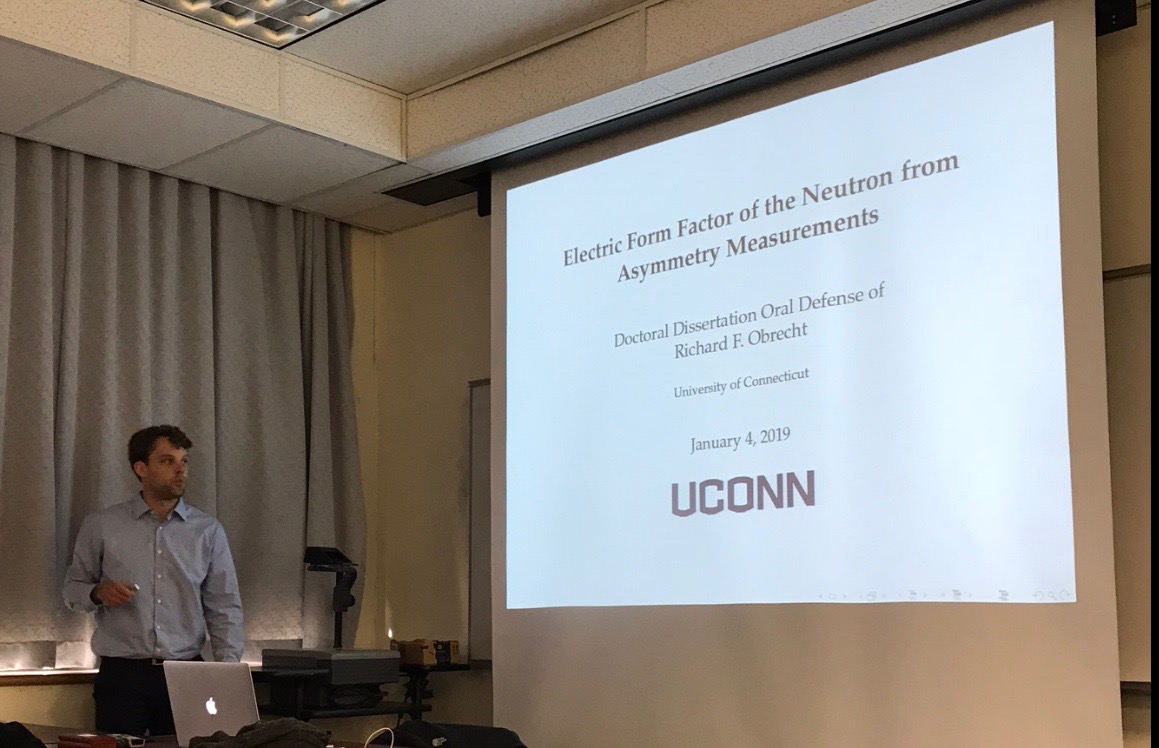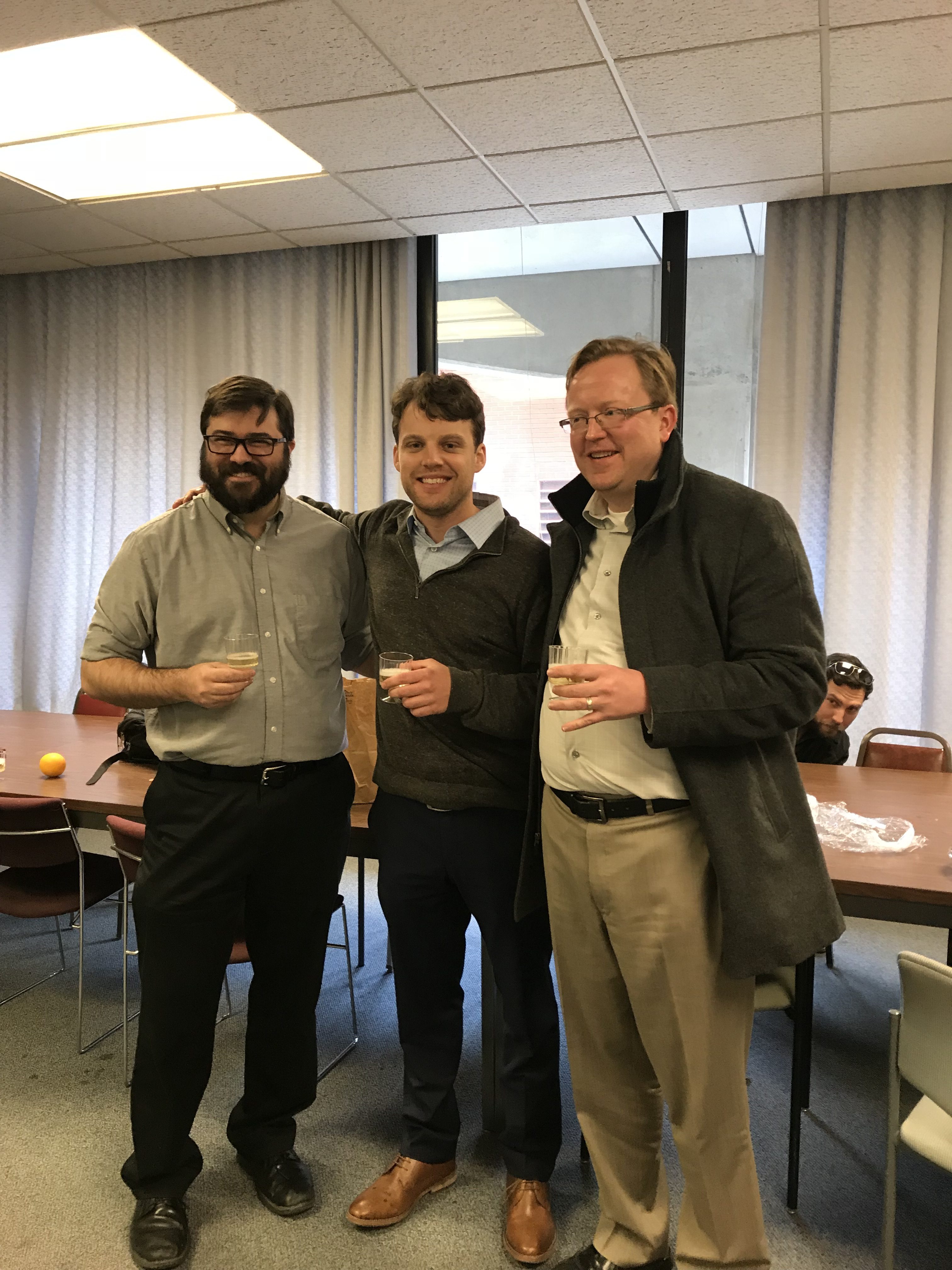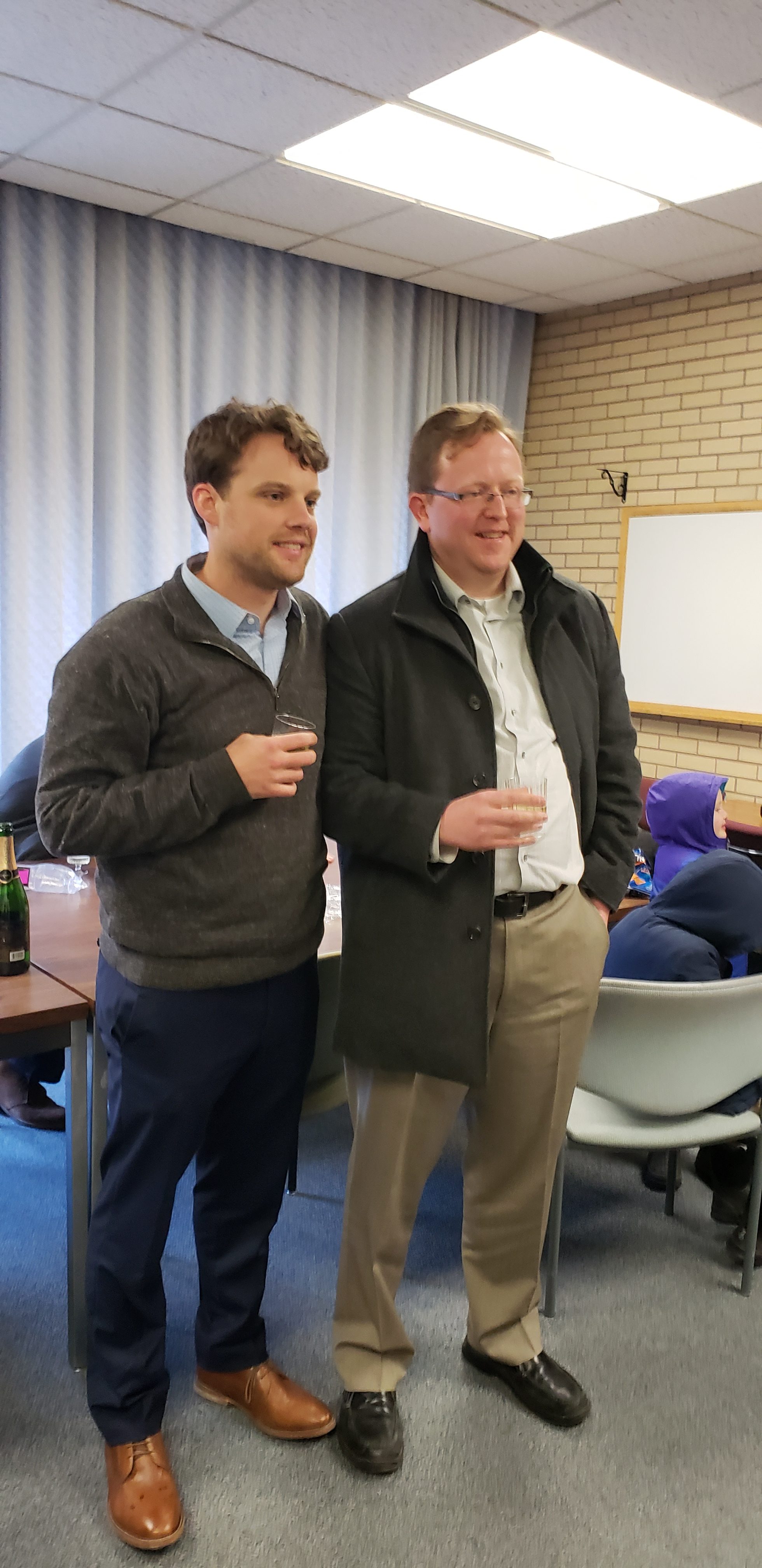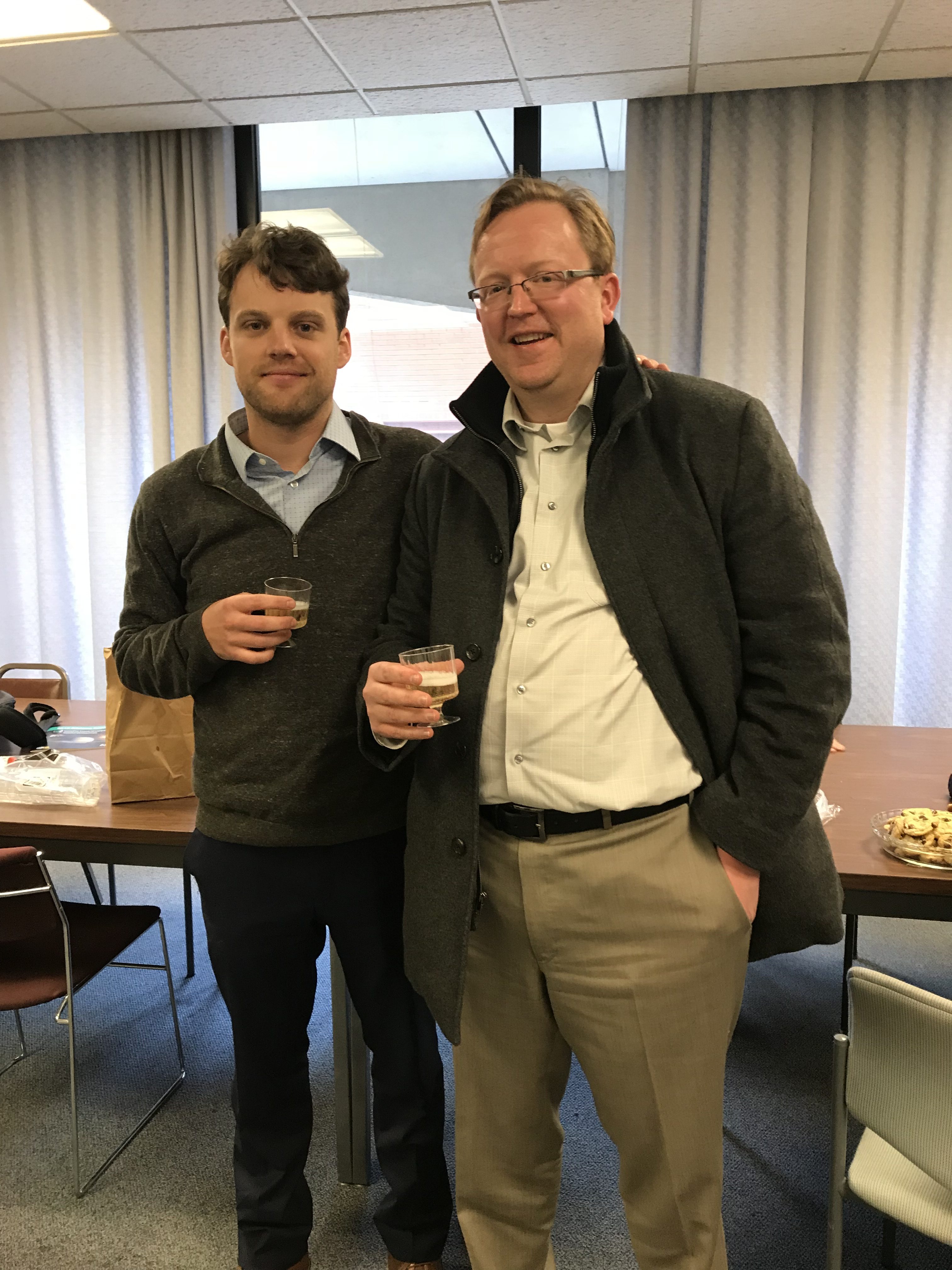Experiment E12-07-109, a measurement of the proton electromagnetic form factor ratio to Q2=12 GeV2 using the polarization transfer method, of which Professor Puckett is a spokesperson, was recently re-evaluated by the Jefferson Lab Program Advisory Committee at its 47th meeting in July (PAC47), under JLab’s jeopardy review process. Experiments that have been previously approved but are not yet scheduled after a certain time period must be periodically reviewed by the PAC to determine whether they are still relevant, and re-evaluated in terms of both beam time allocations and scientific rating and priority.
The PAC re-approved E12-07-109 with no changes in beam time allocation (45 PAC days) or scientific rating (“A-“). E12-07-109 is projected to run in 2022 based on current informal internal Hall A schedule planning.
The proposal update document submitted for the jeopardy review can be found here.
The figure below shows the projected accuracy of the proton form factor ratio measurements from E12-07-109, compared to existing world data and a selection of theoretical models:
